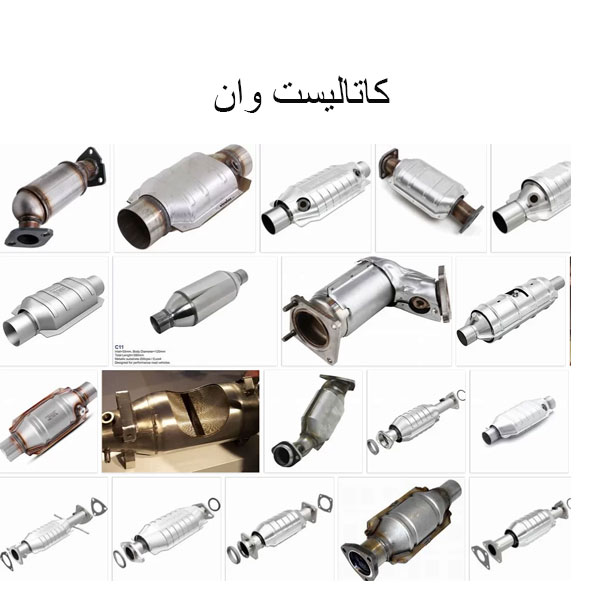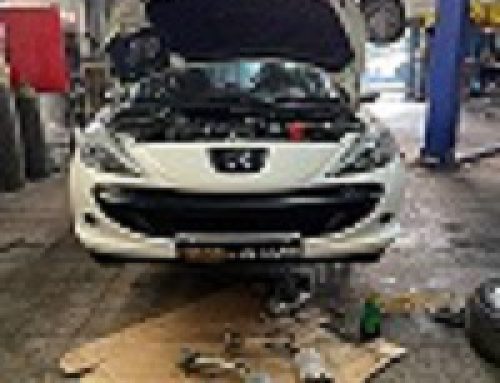Types of catalytic converters
Two directions
Bidirectional catalytic converters (or “oxidizers”) have two simultaneous tasks:
Oxidation of carbon monoxide to carbon dioxide: 2CO + O2 → 2CO2
Oxidation of hydrocarbons (unburned and partially burned fuels) to carbon dioxide and water: CxH2x+2 + [(3x+1)/2] O2 → xCO2 + (x+1) H2O (combustion reaction)
This type of catalytic converter is widely used in diesel engines to reduce hydrocarbon and carbon monoxide emissions. They were also used in gasoline engines in the US and Canadian auto markets until 1981. Because of their inability to control NOx, they were replaced by three-way converters
 three ways
three ways
Since 1981, three-way (oxidation-reduction) catalytic converters have been used in automotive emission control systems in the United States and Canada. Many other countries have also enacted strict emissions regulations that actually require three-way converters in gasoline vehicles. The reduction and oxidation catalysts are usually housed in the same chamber, but in some cases, the catalysts may be housed separately. The three-way catalytic converter has three simultaneous tasks:
Reduction of nitrogen oxides into nitrogen and oxygen: 2NOx → xO2 + N2
Oxidation of carbon monoxide to carbon dioxide: 2CO + O2 → 2CO2
Oxidation of unburned hydrocarbons (HC) to carbon dioxide and water: CxH2x+2 + [(3x+1)/2]O2 → xCO2 + (x+1)H2O
These three reactions occur best when the catalytic converter receives exhaust gases from an engine running just above the stoichiometry point. This number ranges from 14.6 to 14.8 parts air to 1 part fuel, by weight, for gasoline. The proportions of automobile fuel (or liquefied petroleum gas (LPG)), natural gas, and ethanol fuel vary slightly, requiring adjustment of fuel system settings when using these fuel types
Engines equipped with three-way catalytic converters are generally equipped with a closed-loop computerized fuel injection system using one or more oxygen sensors, although early three-way converters used an on-board carburetor to control mixture feedback
Three-way catalysts are effective when the engine operates within a narrow range of air-fuel ratios near stoichiometry, so that the exhaust gases oscillate between rich (excess fuel) and lean (excess oxygen) conditions. However, when the engine is operated outside the air-fuel ratio range, the conversion efficiency drops very rapidly
In lean engine operation, there is an excess of oxygen and an undesirable decrease in NOx. In rich conditions, excess fuel uses up all available oxygen before the catalyst, so that only oxygen reserves are available for oxidation. Closed-loop control systems are necessary because of the conflicting requirements for effective NOx reduction and HC oxidation
The control system must prevent complete oxidation of the NOx reduction catalyst, while replenishing the oxygen storage material to maintain its performance as a redox catalyst
Three-way catalytic converters can store oxygen from the exhaust gas stream, typically when the air-fuel ratio is low. When there is not enough oxygen from the exhaust stream, the stored oxygen is released and consumed
Oxygen deficiency occurs when oxygen obtained from NOx reduction is not available or when certain maneuvers, such as heavy acceleration, enrich the mixture beyond the converter’s capacity to supply oxygen
Reversible reactions can occur in three-way catalysts, such as the formation of hydrogen sulfide and aromatic ammonia. The shape of each can be used with variations in wash cloth and precious metals. It is difficult to completely eliminate this byproduct. Sulfur-free or low-sulfur fuels remove or reduce hydrogen sulfide
For example, if hydrogen sulfide emissions are to be controlled, nickel or manganese is added to the sink. Both substances prevent sulfur absorption by the washing layer. Hydrogen sulfide is formed when the wash layer absorbs sulfur during the low temperature portion of the operating cycle, which is then released during the high temperature portion of the cycle and the sulfur combines with HC(تعمیر کاتالیزور ).



ثبت ديدگاه